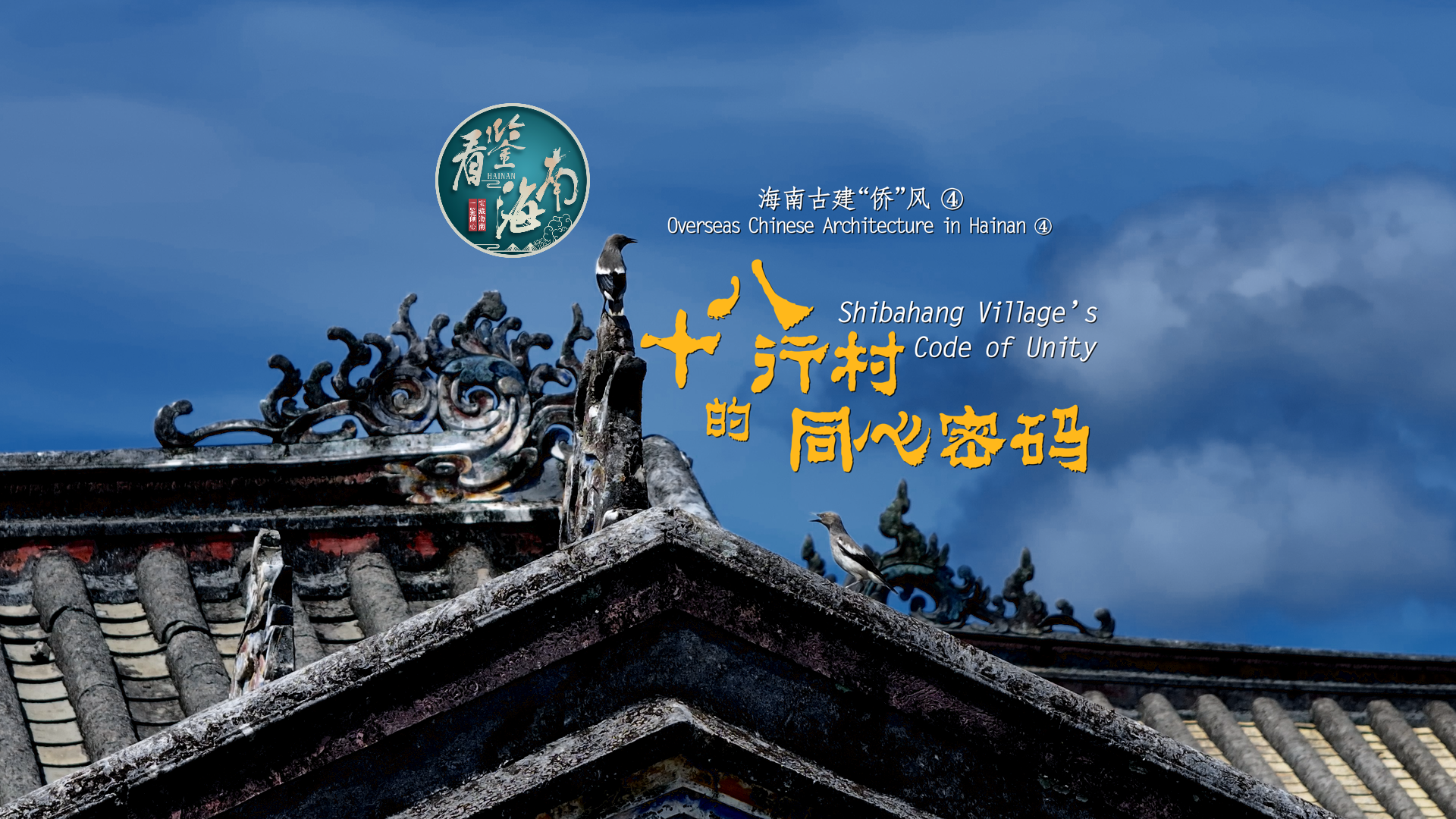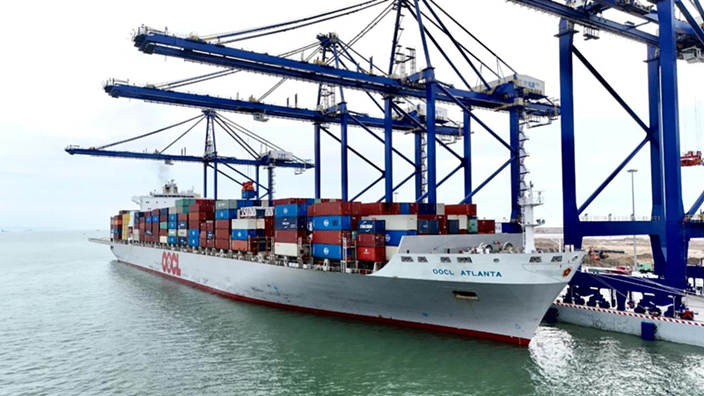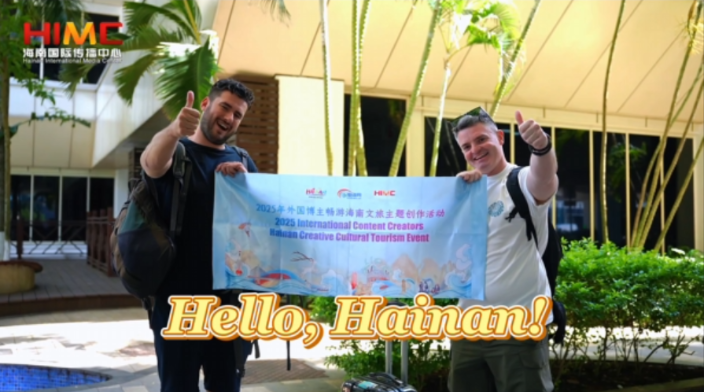
Editor's note:
The wheel of time turns, and years come and pass. When the end of the lunar year draws near, the clock deep in the cultural heart of the Chinese people begins to tick louder and louder. They rush out to Spring Festival markets, buy new clothes, clean the house, and write Spring Festival couplets on strips of red paper to hang around the door. Everyone knows just what to do and how to do it, and soon the city streets and country lanes are filled with a cheerful new year’s atmosphere. Let’s take a look at what old and new Spring Festival traditions are followed here in Hainan.
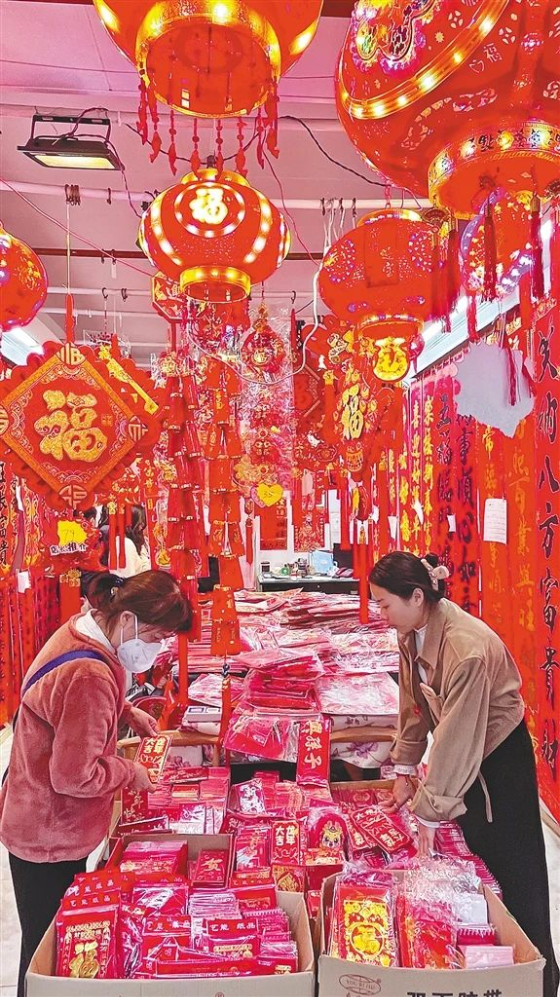
On Jan. 21, shoppers picked out Spring Festival couplets at the New Year Market on North Boai Rd., Haikou. (Photo by Zhang Mao, Hainan Daily)
Sweeping and dusting the house, eating a huge New Year's Eve dinner, ringing in the New Year, and giving New Year's greetings to friends and relatives... There are many different customs that show how important this holiday is for the Chinese people. Over a month ago, the 78th UN General Assembly unanimously adopted a resolution to designate Spring Festival as a UN holiday, which means that this traditional Chinese holiday has taken root in the hearts of people all around the world.
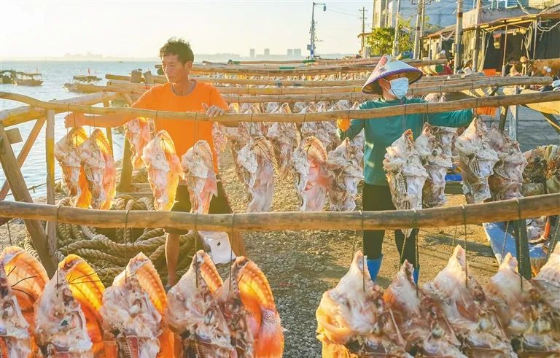
At Xinying Pier in Xinzhou Town, Danzhou City, fish are dried in preparation for the New Year. (Photo by Chen Yuancai, Hainan Daily)
China is a very large country, and there are different CNY customs in different places. Hainan folklore expert Meng Lesheng recounts that CNY preparations usually begin in the middle of the 12th lunar month. "Fattening chickens, pounding the rice, buying snacks... on the first day of the new year, people begin paying new year's greetings to each other. On the 15th day, they celebrate the Lantern Festival, and go out to look at all the brightly colored lanterns. After the Lantern Festival, the new year's atmosphere begins to fade away."
The New Year celebration begins: Out with the old, in with the new!
In Hainan, CNY often begins with a visit to the market. South Boai Rd. is one of the earliest commercial streets in Haikou, and is a very popular place to buy new year's products. Every year as Spring Festival draws close, Haikou resident Fu Hongxiang pays a visit to buy everything necessary to celebrate.
New year's couplets to frame the door, new year's pictures, cutouts to put up in the window, Chinese knots, lanterns... Fu Hongxiang explores an ocean of festive red CNY decorations, and soon her arms are full of purchases.
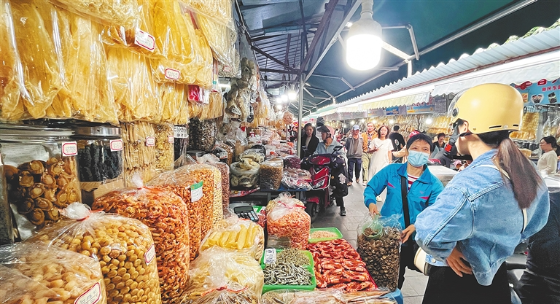
On Jan. 21, shoppers purchased dry goods at the Dongmen Market in Haikou. (Photo by Zhang Mao, Hainan Daily)
At the Dongmen market, there is an endless stream of customers buying fish, squid, dried pork, and other items, and the street echoes with shouts of excitement. As an island in the South China Sea, Hainan abounds in fresh seafood, much of which finds its way to the Spring Festival table. After chatting with the stall owner, Fu bought several kilograms of dried fish.
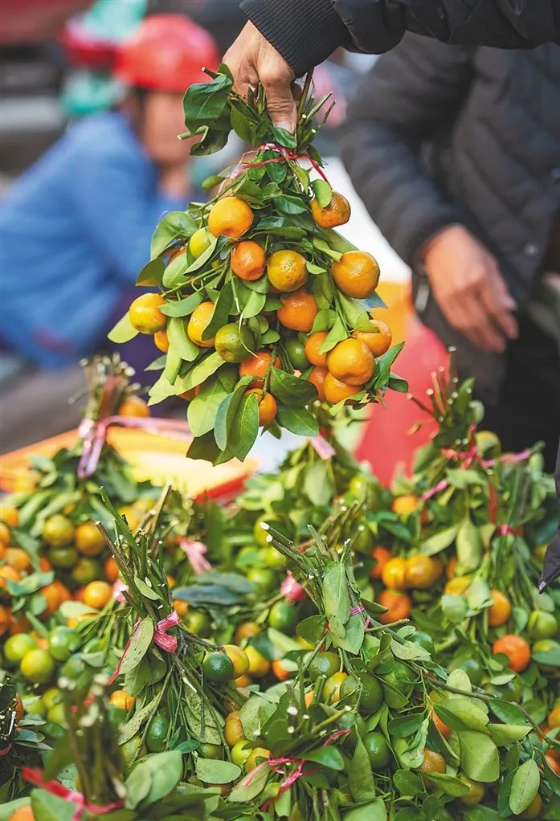
Shoppers buy new year's oranges at the North Gate Market in Jiaji Town, Qionghai. (Photo by Meng Zhongde)
In the past, when supplies were scarce, CNY was a rare opportunity to feast. In the current age of abundance, most new year's goods are no longer rare, but are still treasured for the good memories they evoke and happiness of the annual reunion with relatives near and far.
"Every time I buy new year's goods, my heart fills with warmth." Fu Hongxiang buys most things online these days, but still prefers to go to the CNY market in person.
Meng Lesheng explains that the time between the 23rd day of the 12th lunar month and New Year's Eve is called "welcoming springtime", as well as "dust sweeping time", because during this time the dirt of the old year will be swept away to welcome in the joy of spring.
In rural areas, people use brooms made of green bamboo branches and leaves to sweep the roof, eaves, walls, and other places that aren't typically cleaned. They wash all the pots and pans in the house, and throw away old or broken things that are no longer needed. It's very similar to the western concept of 'spring cleaning', showing that east and west are not so different as you might imagine! To welcome Spring Festival, some families level the road or courtyard in front of their home, and buy some potted calamansi trees to place beside the door as heralds of safety and luck.
Overseas Chinese Architecture in Hainan ④: Shibahang Village’s Code of Unity
05:47, 27-June-2025World Insect Week: Fantastic Flying Creatures in Hainan’s Rainforests
05:47, 27-June-2025Yangpu International Container Terminal Opens Direct Shipping Route to India
05:47, 27-June-2025It's time for Hainan "Village VA"!
03:13, 26-June-2025Surprise Delivery of Hainan Gifts!
03:13, 26-June-2025One invitation and they came to Hainan right away! Look, they are arriving!
03:12, 26-June-2025By continuing to browser our site and use the services you agree to our use of cookies, Privacy Policy and Terms of Use. You can change your cookie settings through your browser.
